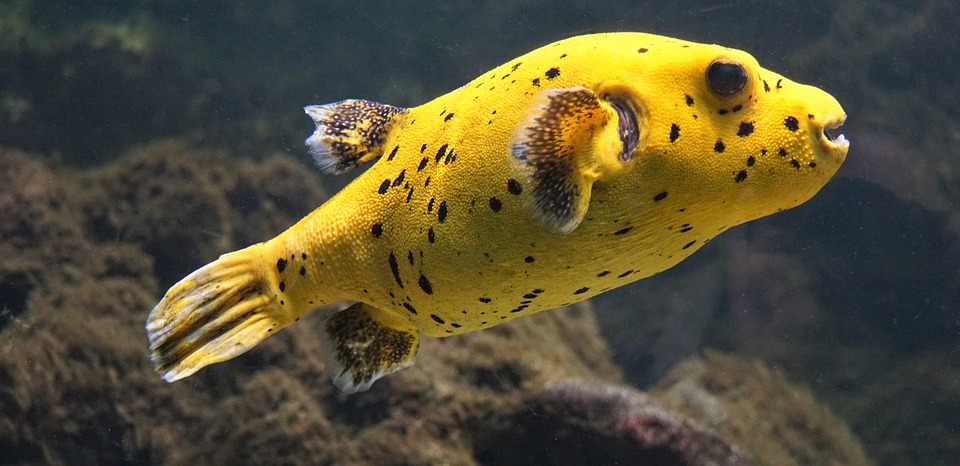Title: Preventing and Managing Fish Tank Fish Tuberculosis: A Comprehensive Guide
Introduction: Understanding Fish Tank Fish Tuberculosis
Fish tank fish tuberculosis, also known as piscine tuberculosis or fish TB, is a serious bacterial infection that affects various species of fish. It is caused by the bacterium Mycobacterium marinum and can lead to significant health issues and mortality if left untreated. In this comprehensive guide, we will explore the causes, symptoms, preventive measures, and management strategies for fish tank fish tuberculosis.
1. What is Fish Tank Fish Tuberculosis?
Fish tank fish tuberculosis is a chronic bacterial infection that primarily affects freshwater and marine fish. It is caused by the bacterium Mycobacterium marinum, which can be found in the aquatic environment. The infection is typically transmitted through direct contact with contaminated water, fish, or equipment. Some common fish species affected by fish tuberculosis include goldfish, guppies, discus fish, and angelfish.
2. Identifying the Symptoms of Fish Tank Fish Tuberculosis
Early detection of fish tuberculosis is crucial for effective treatment and prevention of further spread. Some common symptoms include external signs of infection such as skin ulcers, sores, nodules, and discolored patches. Infected fish may also exhibit behavioral changes like loss of appetite, lethargy, abnormal swimming patterns, and isolation from other fish. In advanced stages, skeletal deformities, emaciation, and organ failure may occur.
3. Preventive Measures for Fish Tank Fish Tuberculosis
Preventing fish tank fish tuberculosis involves maintaining optimal water quality and conditions in the aquarium. Regular monitoring of water parameters such as pH, temperature, and ammonia levels is essential. Additionally, quarantining new fish before introducing them to the main tank helps prevent the spread of infections. Avoiding overcrowding and minimizing stress on the fish also play a significant role in preventing the disease. A balanced and nutritious diet can boost fish immunity and reduce the risk of infection.
4. Managing Fish Tank Fish Tuberculosis
If fish tuberculosis is suspected, prompt isolation and treatment of infected fish are crucial. Separating the infected fish from healthy ones can prevent further transmission. Disinfection of tanks, equipment, and accessories is essential to eliminate the bacteria. Regular monitoring and observation of fish behavior and overall health can help identify potential cases early on. Seeking professional help from a veterinarian or experienced fishkeeper is recommended for accurate diagnosis and treatment.
5. Frequently Asked Questions (FAQs)
Q1: Can fish tuberculosis be transmitted to humans?
Fish tuberculosis has a zoonotic potential, meaning it can be transmitted to humans. However, the risk is relatively low, and infections in humans are rare. It is still essential to practice safety precautions such as wearing gloves and avoiding direct contact with infected fish or contaminated water.
Q2: How long does it take for fish tuberculosis to spread in a tank?
The spread of fish tuberculosis in a tank depends on various factors, including the number of infected fish, the health of the fish, and the overall water quality. It may take weeks to months for the disease to spread significantly.
Q3: Can fish tank fish tuberculosis be cured?
While fish tank fish tuberculosis can be treated, complete eradication of the bacteria from infected fish is challenging. The success rate of treatment depends on various factors, including the stage of the infection, the overall health of the fish, and the effectiveness of the chosen treatment method.
Q4: Are there any specific fish species more prone to contracting fish tuberculosis?
Certain fish species, such as cichlids and catfish, are more prone to contracting fish tuberculosis due to their susceptibility to the bacterium. Providing a stress-free environment, proper nutrition, and regular veterinary care can help keep these species healthy.
Q5: How frequently should I disinfect my fish tank to prevent fish tuberculosis?
Regular cleaning and disinfection of the fish tank and equipment are essential for preventing fish tuberculosis. It is recommended to clean the tank and accessories thoroughly every few months, depending on the specific needs of your aquarium. Proper techniques and products should be used to ensure effective disinfection.
Q6: Is fish tank fish tuberculosis preventable through vaccination?
Currently, there is no commercially available vaccine for fish tank fish tuberculosis. However, ongoing research is exploring the possibilities of vaccination for prevention. Future prospects for vaccination against fish tuberculosis may provide new solutions for fishkeepers.
Conclusion: Ensuring Fish Health and Disease Management
Preventing and managing fish tank fish tuberculosis requires a combination of preventive measures, timely identification of symptoms, and proper treatment protocols. By maintaining optimal water quality, quarantining new fish, avoiding overcrowding, and providing a nutritious diet, fishkeepers can significantly reduce the risk of infection. Regular monitoring, isolation of infected fish, and disinfection of tanks and equipment are essential for effective disease management. By following these guidelines and seeking professional help when needed, fishkeepers can ensure the health and well-being of their fish.
References:
(TBD)









